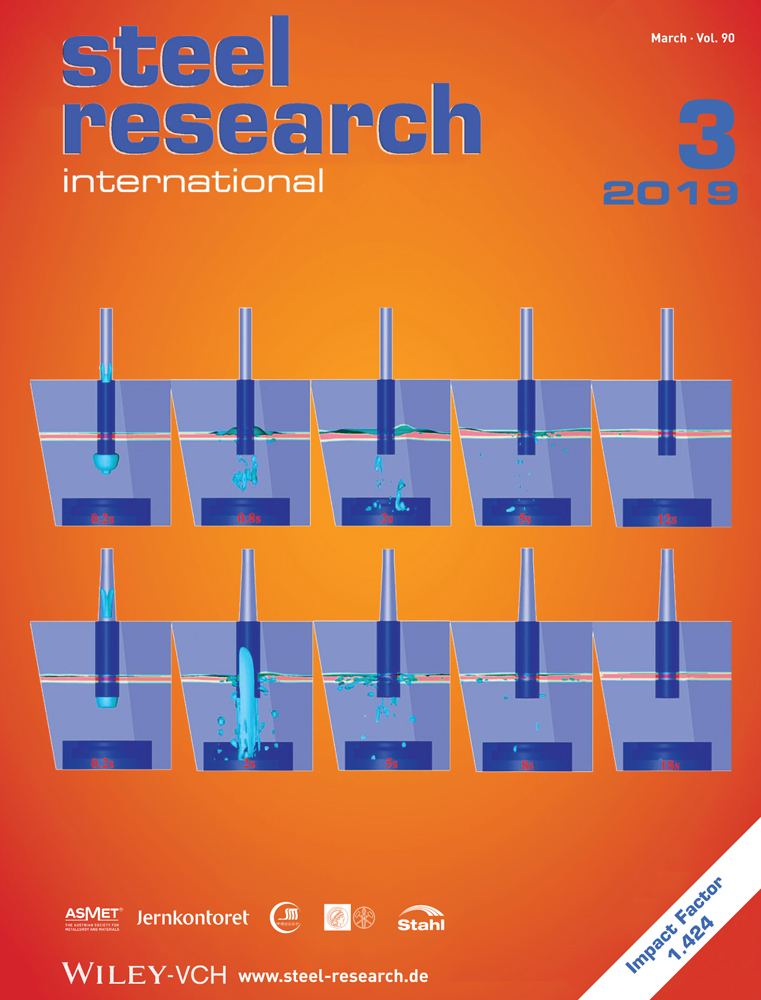Elastic-Plastic Finite Element Analysis of Tension Leveling with Non-Associated Flow Rule and Mixed Hardening
Abstract
Tension leveling is an important process in the steel industry for producing steel strips with high quality. To achieve the finite element (FE) analysis of tension leveling with high accuracy, a constitutive model for 3D stress and strain conditions, which can describe the material behavior in tension leveling (e.g., anisotropy, Bauschinger effect, etc.), is constructed in this investigation by using the Hill48 anisotropic yield criterion with the non-associated flow rule and mixed hardening. The constructed constitutive model is implemented in ABAQUS using a user-defined material (UMAT) subroutine with an implicit integrated algorithm. In the FE analysis, a 3D analytical rigid body and eight-node solid elements are used for the leveler roll and strip, respectively. The accuracy of the FE analysis results is validated by comparison with experimental and simulation results from Yoshida and Urabe's research on SPCC strips. Tension leveling simulations to correct flatness defects are also conducted for SPFC980 strips. The analysis results show the leveling effect of tension leveling for high strength steel strips.
Conflict of Interest
The authors declare no conflict of interest.




